Random Free Articles
- Unveiling the Essence of the Heart Chakra
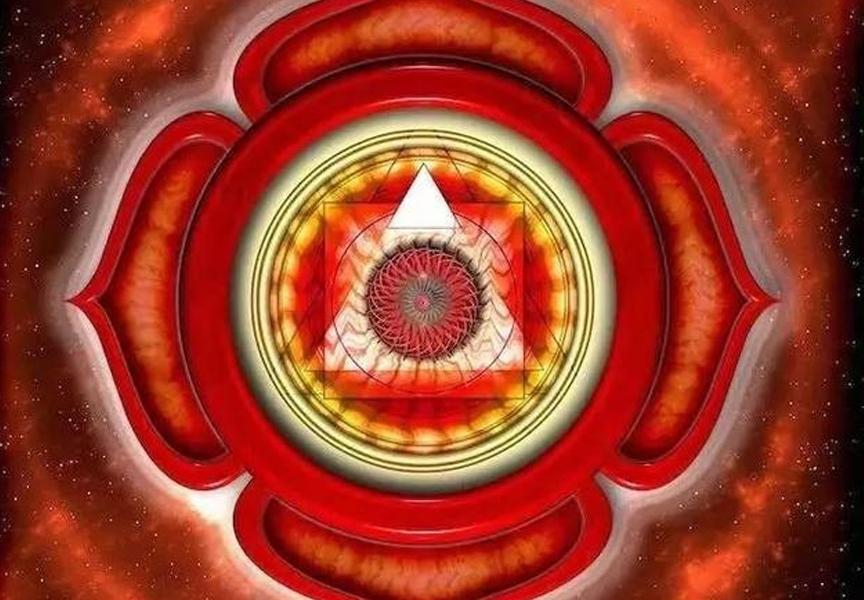
In the realm of spiritual exploration and self-discovery, the concept of chakras - Mailun [Chin.: Mài lún 脉轮 | Sanskr: चक्र] holds a significant place. Among these energy centers, the heart chakra, known as Xinlun [Chin.: Chin.: Xīn lún 心轮] in Chinese and Anāhata [हृदयचक्रम्] in Sanskrit, stands out as a focal point for balance, compassion, and interconnectedness. Let's delve into the profound…
- Chinese Kung Fu Weapons
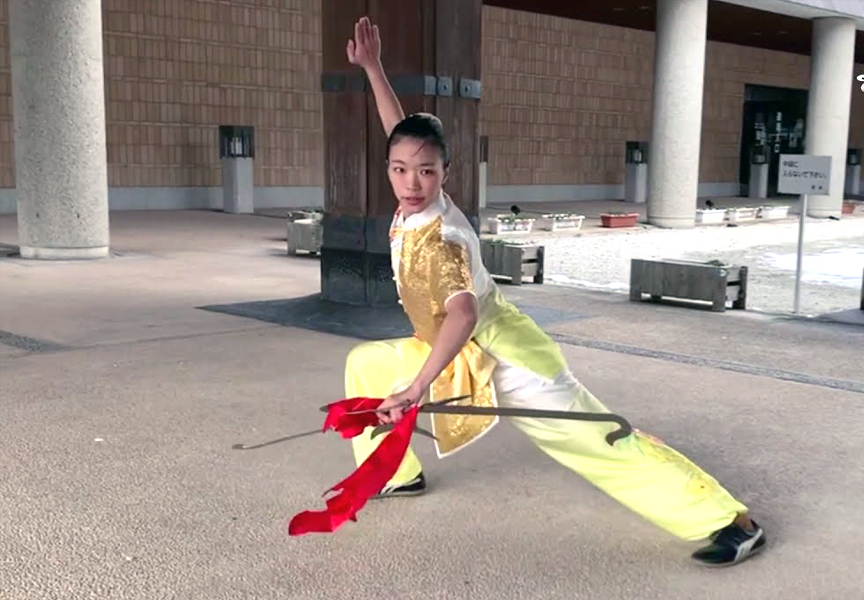
A Storied Legacy of Martial Mastery Chinese martial arts, with their rich history and diverse forms, have captivated enthusiasts around the world. Among the many facets of this ancient tradition, the array of weapons used in Chinese Kung Fu stands out as a testament to the art's depth and complexity. These weapons can be broadly categorized into long weapons, short weapons, and concealed weapons, each with its unique characteristics and…
- The True Essence of Martial Arts
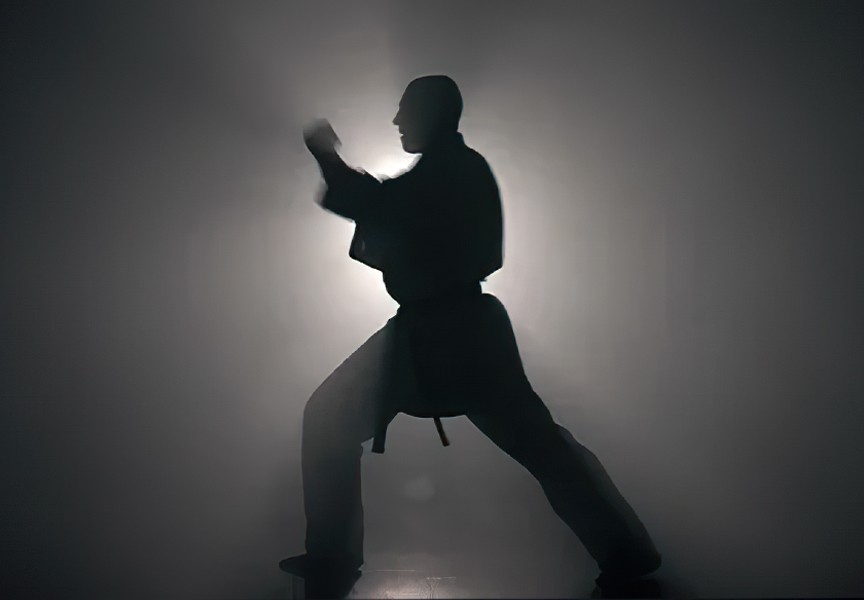
A Journey of Self-Mastery and Personal Growth Martial arts, often perceived as a collection of physical techniques and combat skills, holds a deeper significance that transcends the realm of physical prowess. Beyond the kicks, punches, and intricate forms lies the true essence of martial arts—a profound journey of self-mastery, self-discovery, and personal growth. In the heart of this ancient practice, individuals embark on a transformative…
- Preserving Ancient Wisdom
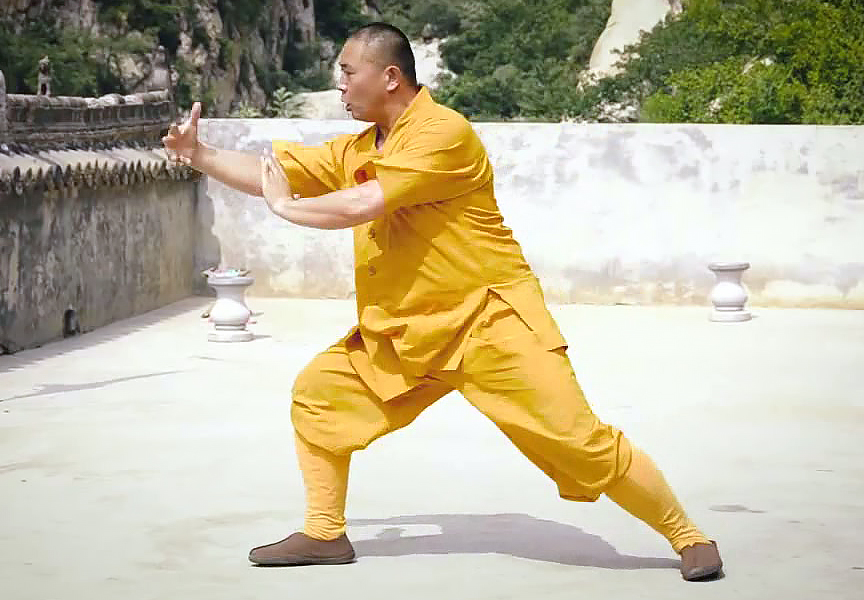
The Significance of Traditional Shaolin Kung Fu Forms In the realm of martial arts, Shaolin Kung Fu stands out as an ancient and revered discipline with a rich history that dates back over a thousand years. One of the hallmarks of Shaolin Kung Fu is the profound importance placed on preserving the original forms and techniques that have been passed down through generations. These forms are often considered a direct link to the ancient Shaolin…
- The Transformation of the Humble Bench
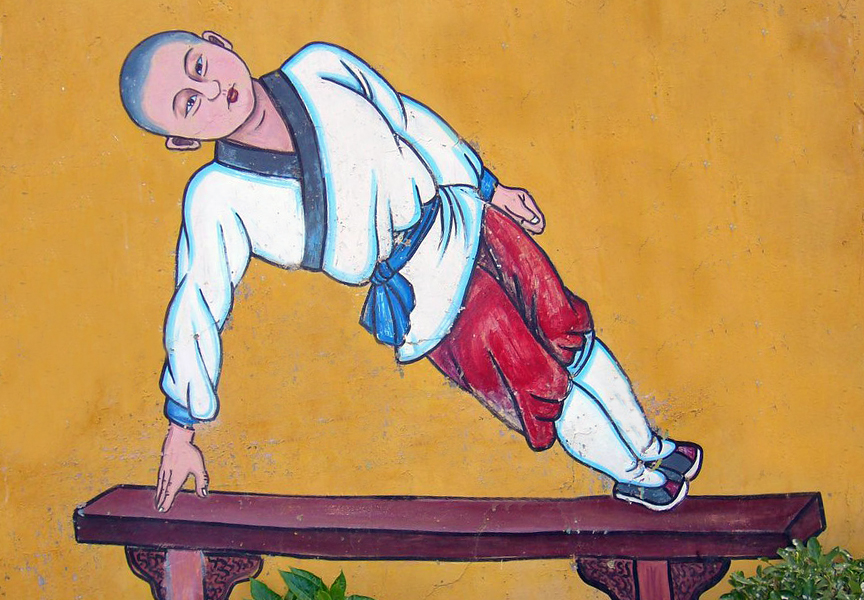
From Seating to Weapon of Choice In the world of martial arts, innovation and adaptability have always played a crucial role in shaping the evolution of combat techniques. One of the most intriguing examples of this phenomenon can be found in the ancient discipline of Shaolin Kung Fu, where the seemingly ordinary bench - Changyi [Chin.: Cháng yǐ 长椅] has been transformed into a formidable weapon of choice. Originally designed for seating,…

